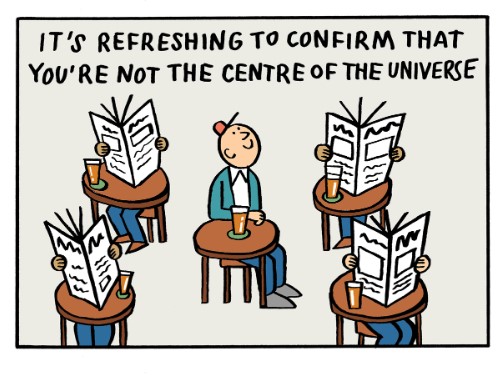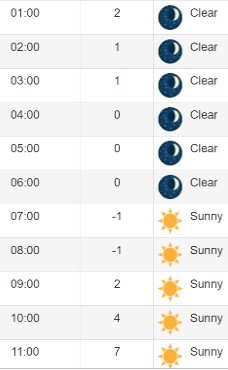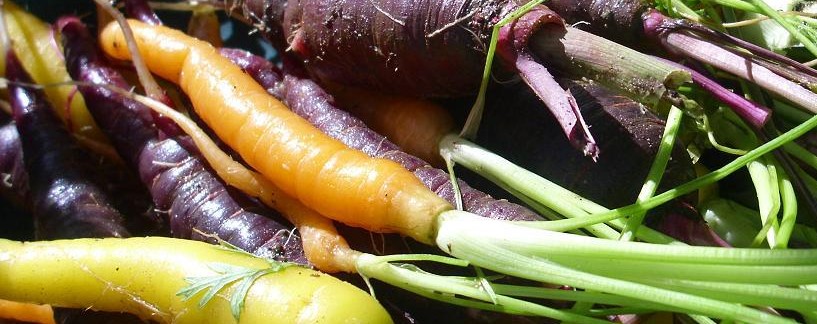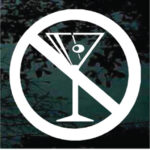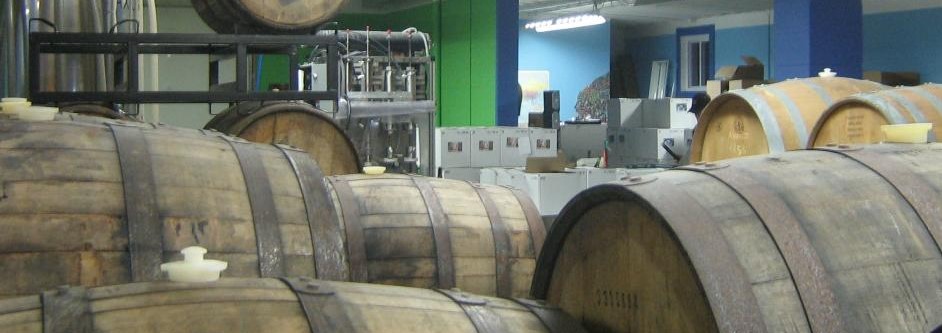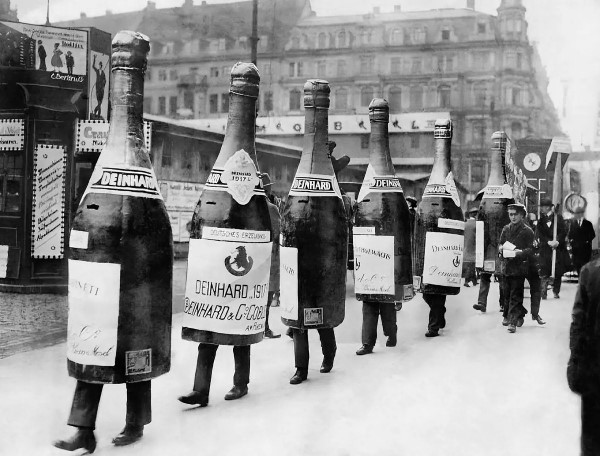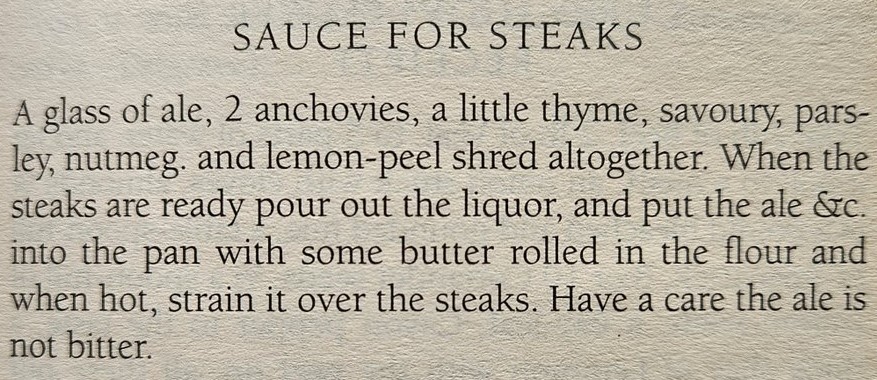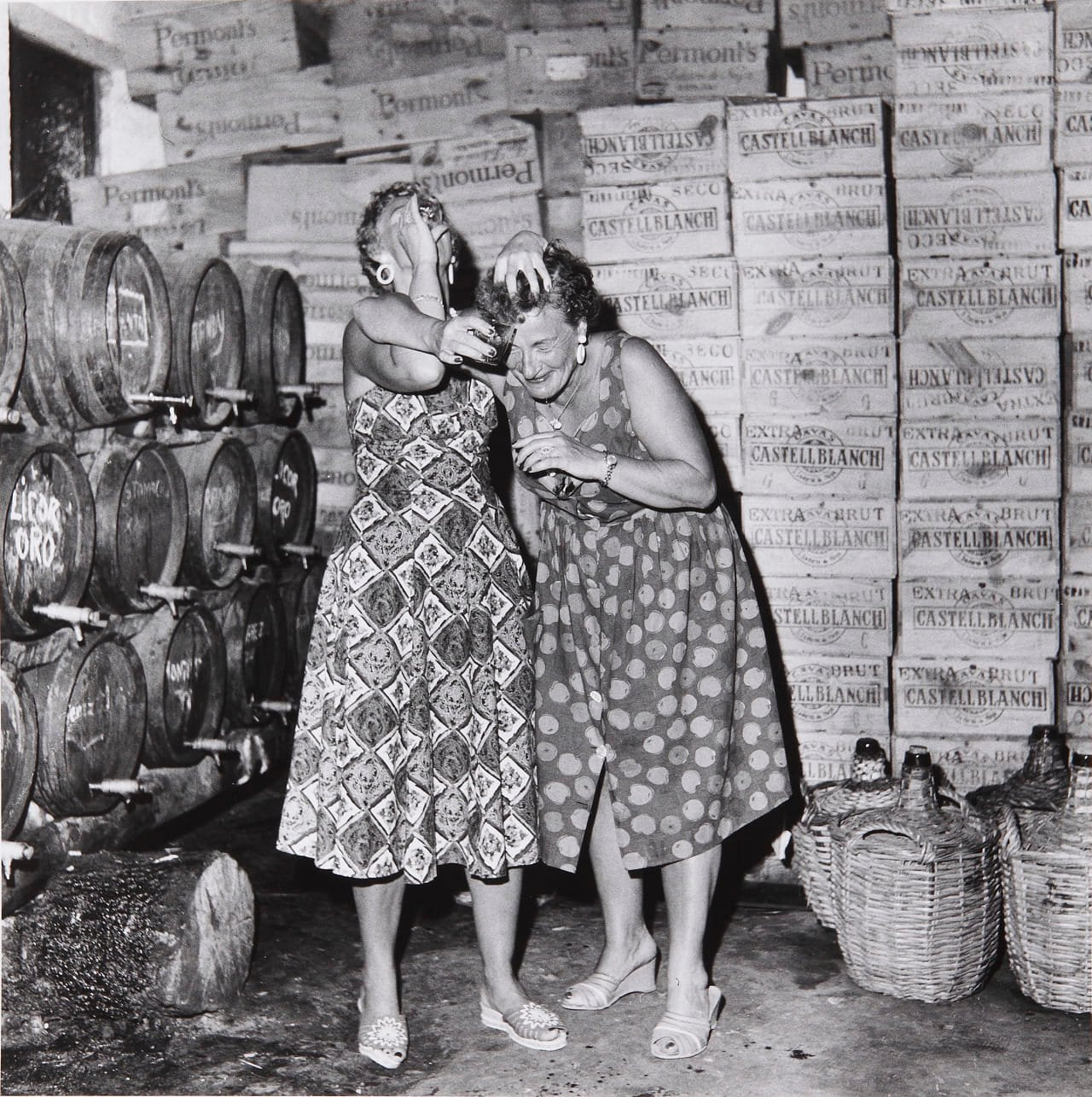 Fine. Almost festive. Almost. But this is when the slide starts to feel greased. Five weeks to Boxing Day. Whoooo! The Boxing Day carols shall ring out loud around the Boxing Day leftover casserole once again!! The most wonderful time of the year? You bet. Who knows where we’ll all be this time next year so best to Yule it up right this time like these ladies on a tasting tour of Spain, back in 1959.* Which reminds me… I often wonder what beer writers do, you know, to get the happies when they are not up to that sort of no good on junkets, out and about pub crawling or at the front door in their slippers signing off on couriered packages of samples. David J shared a bit of his reality when he posted about a trip to Fowey, Cornwall and a pub called The Lugger:
Fine. Almost festive. Almost. But this is when the slide starts to feel greased. Five weeks to Boxing Day. Whoooo! The Boxing Day carols shall ring out loud around the Boxing Day leftover casserole once again!! The most wonderful time of the year? You bet. Who knows where we’ll all be this time next year so best to Yule it up right this time like these ladies on a tasting tour of Spain, back in 1959.* Which reminds me… I often wonder what beer writers do, you know, to get the happies when they are not up to that sort of no good on junkets, out and about pub crawling or at the front door in their slippers signing off on couriered packages of samples. David J shared a bit of his reality when he posted about a trip to Fowey, Cornwall and a pub called The Lugger:
I feel this same urge to relocate to Fowey whenever I visit and it’s because of the sea. And the Lugger. But first, the sea, the sea. Well, it’s not quite the sea but the mouth of the River Fowey and it’s sheltered, calm and very swimmable. I braved the tide and swam on Saturday. 15C water; 14C air, according to my swimming diary – I swim at least once a week in an unheated lido… It was choppy enough for me to get the fear, though, which is half the ‘fun’, especially if one of your vices is adrenaline. The river eventually was predictable and a back and forth from beach to buoy was followed by a pint at the Lugger, served by Christian Hanks, custodian of this Cornish pub. Often people think winter swimming is odd, but Christian is different and he takes his eight-year-old son.
Be odd. That’s what I say. With a h/t to Katie, if you think the political news is grim where you are, think of the life of an academic in China turning to pubs as last venues for free expression and folk trying to work on their own odd:
“I was completely stunned when he mentioned violence so bluntly,” said the 32-year-old, who was born and raised in China. “In China, you just can’t talk about the nature of a country so openly.” In recent months, “academic pubs” hosting free lectures by Chinese scholars from universities worldwide have sprung up in China’s major cities – such as Shanghai, Beijing and Guangzhou – offering a rare open space for free-flowing intellectual conversation in a country where the public sphere is shrinking as censorship tightens. These alcohol-with-academics sessions delve into a range of topics in the humanities and social sciences. They include issues deemed politically sensitive and often censored online, such as feminism, but also more innocuous subjects like social anxiety and cats in ancient Chinese paintings.
Excellent. Except for the cats bit. I have issues with cats. Well, one cat. Yah, you! I am having other issues, too. Remember when craft beer culture was fun and was worth making fun of? Having a bit of an issue with that. How to mock something that people are ditching faster than their Twex accounts? Jeff noted this in the context of big beer business cutting their craft losses:
I noticed a startling stat in a recent Beer Business Daily story describing how in one market the craft segment accounts for 41% of SKUs, but just 5% of gross profits. That’s unsustainable for retailers and large breweries. It’s different for small breweries, who make and sell beer in a specialty marketplace of local vendors. But it’s just too complex and expensive for big breweries to compete in such a market unless it represents substantial volume. Craft hasn’t grown as a share of the market in a decade, though, and big breweries now conclude it’s just not with the effort. And reasonably so.
See what’s said in there? While it hit peak almost a decade ago, at least in this unnamed US market craft has not grown as a share in a decade and accounts for 5% of the gross.** So much for 20% by 2020. That was never going to be any reality but is Plan B really stagnation at 5%? Really? Hmm… I suppose getting ditched is better than being a zombie brand like Stone:
The brewery’s stated focus is now on its successful launch of Delicious IPA multipacks and its Mexican salt and lime lager Buenaveza, a long way from the days of Arrogant Bastard IPA, which helped Stone make its mark in the burgeoning craft market in 1997.
Brrr… that’s cold. But, still, there’s a certain justice in that one. And note the interesting note at the end of this story about management at Constellation taking a slice while there’s still a slice to be taken:
The company has also trimmed its annual enterprise net sales growth forecast to between 4% and 6%, compared with 6% to 7% previously estimated, as retailers reduce stocking wine and spirits and consumers pare back spending on pricier alcoholic beverages. A large cloud looming over the company is the threat of import tariffs when Donald Trump becomes US President after 20 January.
Are you finding yourself jockeying for position in the coming tariff-based international reality, too? Not The Beer Nut who posted thoughts international at the end of last week and came up with a description of Allagash White that nails it:
What I liked most was the smoothness: it really slips back silkily in a way that encourages serial quaffing. There are no sharp edges; none of the spikes of coriander spice or citric zest that add character to its Belgian counterparts. There’s a pleasant element of candied lemon in the flavour but I got little complexity beyond that. It’s not a beer for complexity, though, being more about the feels than the taste. I understand the attraction of something which places few demands on your attention and offers no challenges to your palate. Creating that without turning out something bland is an impressive feat.
Boom. The best writing indicates the general through the examination of the particular. Boak and Bailey did just that exactly one moment after last week’s deadline*** with an examination of the life and death of one estate pub in Bristol, The Mayors Arms:
In its most recent guise as Sousta, a “Mediterranean restaurant and bar”, it intrigued us because it never seemed to have any customers. Ever. Its location, at the bottom end of a large council estate, on the river embankment, offers little passing trade. There are no other shops or hospitality outlets nearby. In fact, the only business that could really work here is a neighbourhood pub in a working class area where people drink plenty of beer.
Related news from India on the many many reasons for the failure of BrewDog to take hold there:
The BrewDog bar in Bandra West, a suburb that is home to many Bollywood stars and is known for its liberal nightlife, as well as its bar in the office district of Lower Parel, have been closed since the summer. The company’s logos have also been taken down from the locked-up properties, according to checks by the Financial Times. BrewDog now has only two bars open in India, having first set up there in 2021… The closures are also a setback to BrewDog’s plans for overseas expansion. Only last year, it announced plans to open 100 bars in India over the next decade. Chturvedi said the Mumbai closures were only a blip in BrewDog’s India plans.
Yet, they are opening their first Northern Irish pub. In a train station. To serve the travelling pubilc. Somewhat related are the thoughts in this VinePair emailed quote-fest on what makes a craft brewery’s taproom a crappy experience. This one, however, made me wonder if they’d ever been to Gritty’s:
“If a brewpub is in a touristy spot, chances are that the management knows there are different customers every day. There’s less motivation to make delicious beer if you’re not caring about enticing regular customers.”
I thought the point was attracting a regular clientel, like folk who visit often even if not everyday. Being hospitable and all. Speaking of which, how do you feel about price surges in pubs?
A pub chain has sparked fury over its decision to charge punters 1.80 extra for beers on match days. Greene King has been attacked for the “unacceptable” move with punters shelving out a staggering £8 rather than the usual £6.20 per pint at some of its outlets. The Torch pub in Wembley, London, was hit with the 29% increase after supporters paid big prices for their favourite pint to watch England’s match against Ireland.
How do I feel? How’d they like the idea of me packing a wee flask in me pocket? Why not just charge a modest entry fee for events, like when a “good” band is playing?
Note: I will miss the little red biplane.
And in Pellicle, Pete Brown provides us with a primer on malt barley along with his thoughts on the weather… that is, when he isn’t off wandering:
I love old factories like this. As I left the train just a few yards away, the complex reminded me, as maltings always do, of some fantastical half-imagined vision from a Ridley Scott film. There’s a red-brick monolith several storeys high with no windows in its main wall. White towers dwarf what, in their own right, are tall and sometimes fat corrugated iron cylinders, with gantries running up and down and round their perimeters. Something that looks like a watchtower from a World War II Prisoner of War camp. I imagine that if the day ever comes when it’s no longer needed as a maltings, the complex could be used as the location for a climactic gun battle before exploding in a fireball as the hero makes it out just in time.
What was that about? Anyway, in health news, some sucks to suck news from the eggheads recently:
According to new research presented at The Liver Meeting, held by the American Association for the Study of Liver Diseases, beer drinkers tend to have lower-quality diets, engage in less physical activity, and are more likely to smoke cigarettes compared to those who consume wine, liquor, or a combination of alcoholic beverages… Beer-only drinkers, who were more likely to be male, younger, smokers, and low income, also reported the highest total daily caloric intake, adjusting for body weight, and the lowest level of physical activity. Previous studies have found that dietary quality declines with increasing alcohol consumption of any type, but little has been reported on the influence of specific alcoholic beverage type.
Feel like taking up baseless objections? Fill your boots. Just don’t blame me. I’m just the guy doing the cutting and pasting. Here’s the study. Read it yourself.
Performing one last 180 degree switcheroo while still speaking of the healthy stuff… do you ever wonder why your olive oil has exploded in price? The Times had a good explanation this week:
The main reason for the price hike, simply, is the weather… Europe produces 67 per cent of the world’s olive oil; the majority comes from Spain, followed by Italy, then Greece. Olive trees thrive under a hot Mediterranean sun, but if the heatwaves come too early, in spring, when the trees are still flowering, crops can be damaged. This, coupled with severe droughts for two years running in Spain, has had a dire effect. Global production of olive oil tanked in 2023, dropping from 3.39 million tonnes in 2021-22 to 2.28 million tonnes in 2023-24… An opposite problem, flooding, also affects harvests, as olive trees don’t like wet feet, and too much water promotes disease…
I don’t like wet feet either. Just sharing. Thought you’d like to know. And one final note as we are rooting for a speedy recovery for Jessica after she posted some tough news about a recent routine procedure.
There. That’s enough for this week. But if you need more, check out Boak and Bailey every Saturday and Stan going strong again each and every Monday. Then listen to Lew’s podcast (he’s queuing one up right now) and get your emailed issue of Episodes of my Pub Life by David Jesudason on the (now hardly at all) odd Fridays. And Phil Mellows is at the BritishBeerBreaks. Once a month, Will Hawkes issues his London Beer City newsletter and do sign up for Katie’s wonderful newsletter, The Gulp, too. Ben’s Beer and Badword is out there with the all the sweary Mary! And check out the Atlantic Canada Beer Blog‘s weekly roundup. There is new reading at The Glass which is going back to being a blog. Any more? Check out the Beer Ladies Podcast. That’s quite good and they are revving up for a new year. And the BOAS podcast for the bro-ly. And the long standing Beervana podcast …except they have now stood down. Plus We Are Beer People. The Boys Are From Märzen podcast appears suspended as does BeerEdge, too. But not Ontario’s own A Quick Beer. There is more from DaftAboutCraft‘s podcast, too. All About Beer has podcasts and there’s also The Perfect Pour. Plus follow the venerable Full Pint podcast. And the Craft Beer Channel on Youtube. The Moon Under Water is gone which is not surprising as the ask was $10 a month. Pete Brown’s one cost a fifth of that but only had the one post.
*From the excellent Bluesky postings of the American Association of Wine Economists (AAWE): “British tourists tasting Cava on the Costa Brava, Spain, 1959. Photo by Oriol Maspons (Spain 1928—2013).“
**Jeff says “gross profits” but as profit is a net concept I understand this to mean gross revenue.
***In their monthly newsletter, for the double, they also shared this wonderful pub scene from a Friday night in Bristol: “The Green Man, a corner pub on a quiet residential street, was a particular highlight this time. There was a raffle underway and just about enough space to get a drink and find a seat. Someone won a jar of pickled onions. The booby prize was a ‘mystery shot’. There was a baby at the bar eating raffle tickets and Nacho Libre was playing silently on the TV.”




